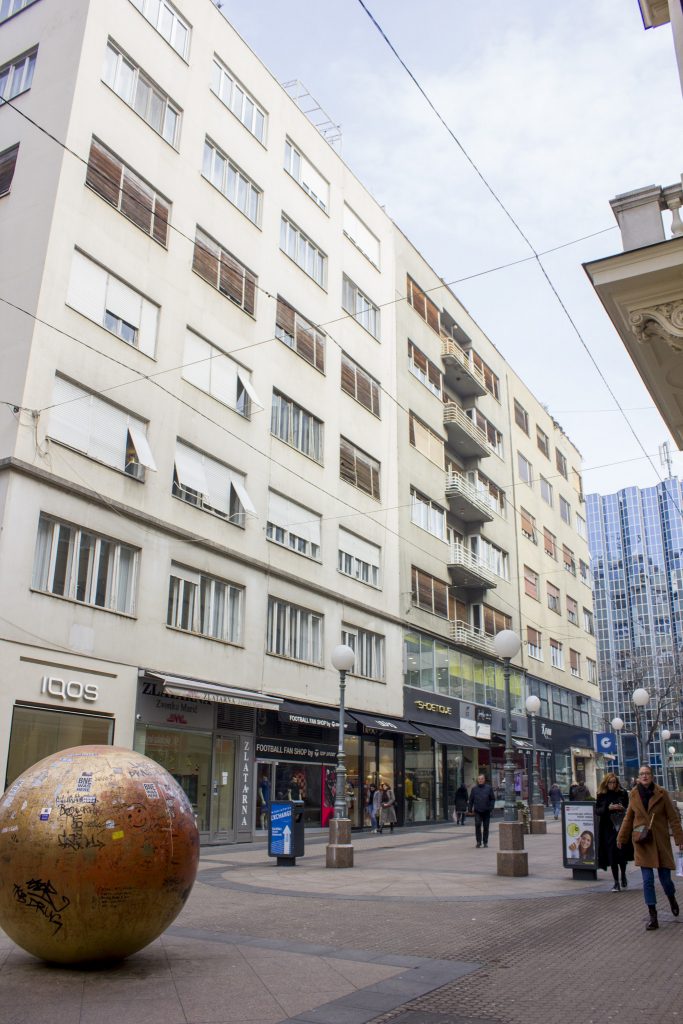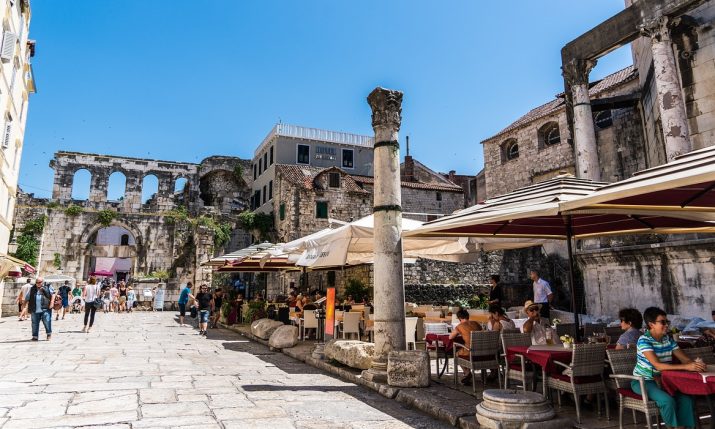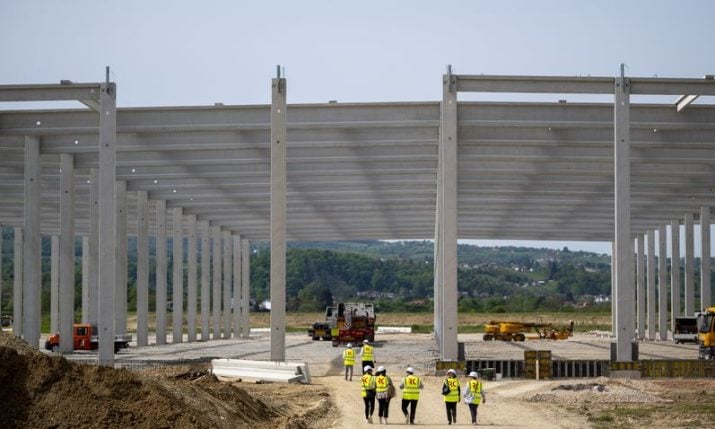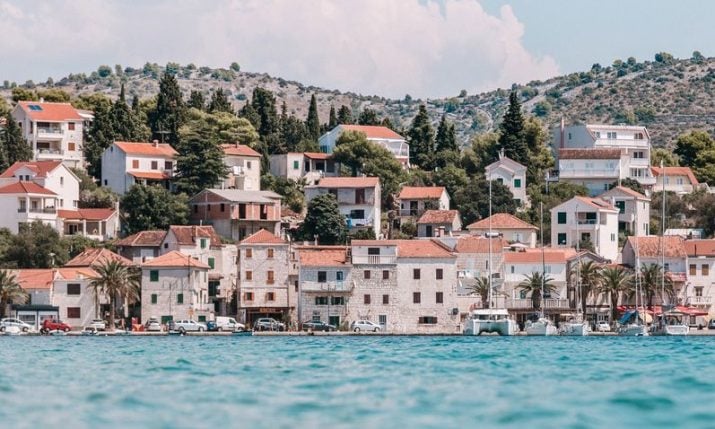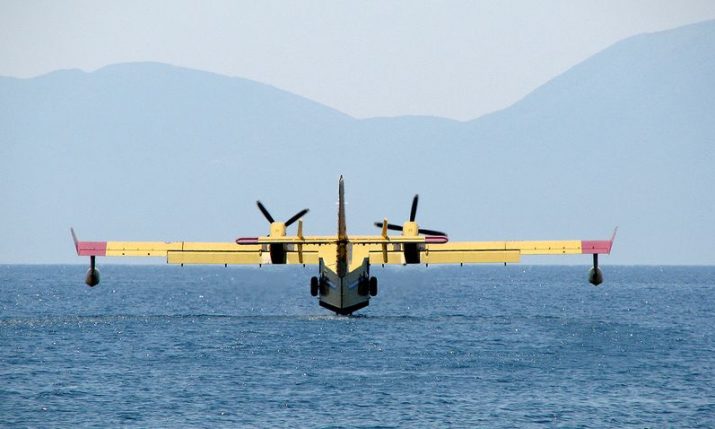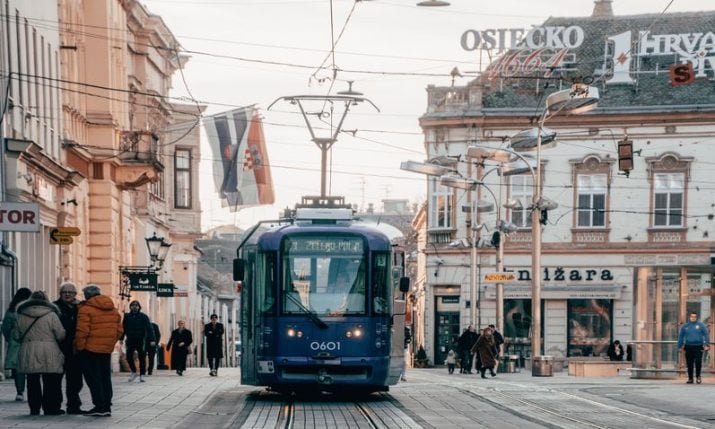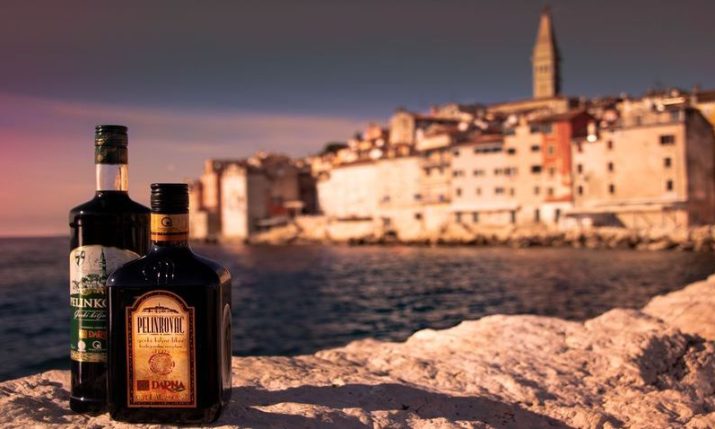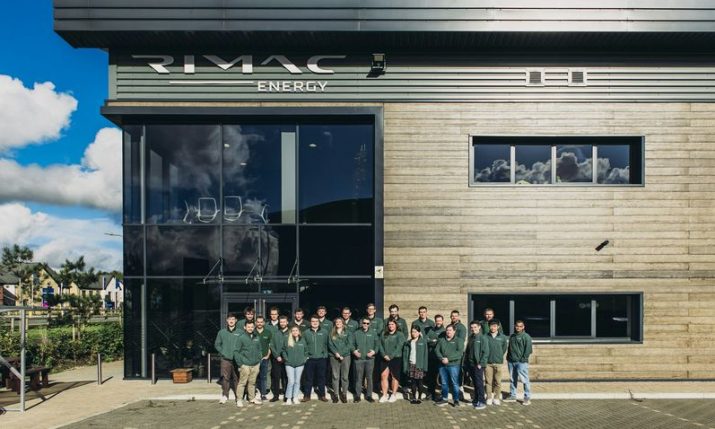PHOTOS: Croatia’s first street art apartment
- by croatiaweek
- in Business
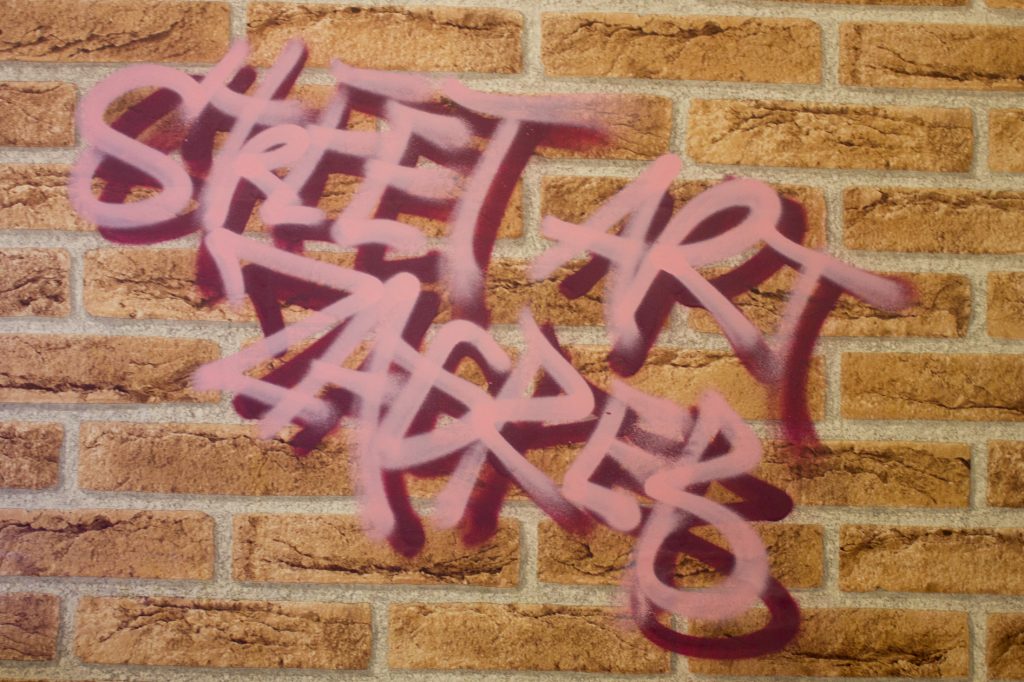
by Doris Barić
During the past few years, graffiti and especially street art have become hugely popular in Croatia. From international mural festivals to graffiti exhibitions in museums and galleries, the perception towards artistic interventions in urban spaces has drastically changed and become even a magnet for foreign tourists.
From little doodles and stickers to whole trains covered with graffiti, every form of individual expression in public spaces can actually influence the perception of the city and serve as a mirror of its mentality. Some of them can clearly be appreciated as a modern art form, while others have maybe no aesthetical value in general, but tell us something about the location they were placed or social circumstances they were created in. And no matter which terminology we use to sum them all up (street art, post graffiti art, wall art, urban painting and so on), there is no official definition of either of them. Artists, graffiti writers, the public, literature and the art world itself have different points of view and the borderlines are very fluid here.
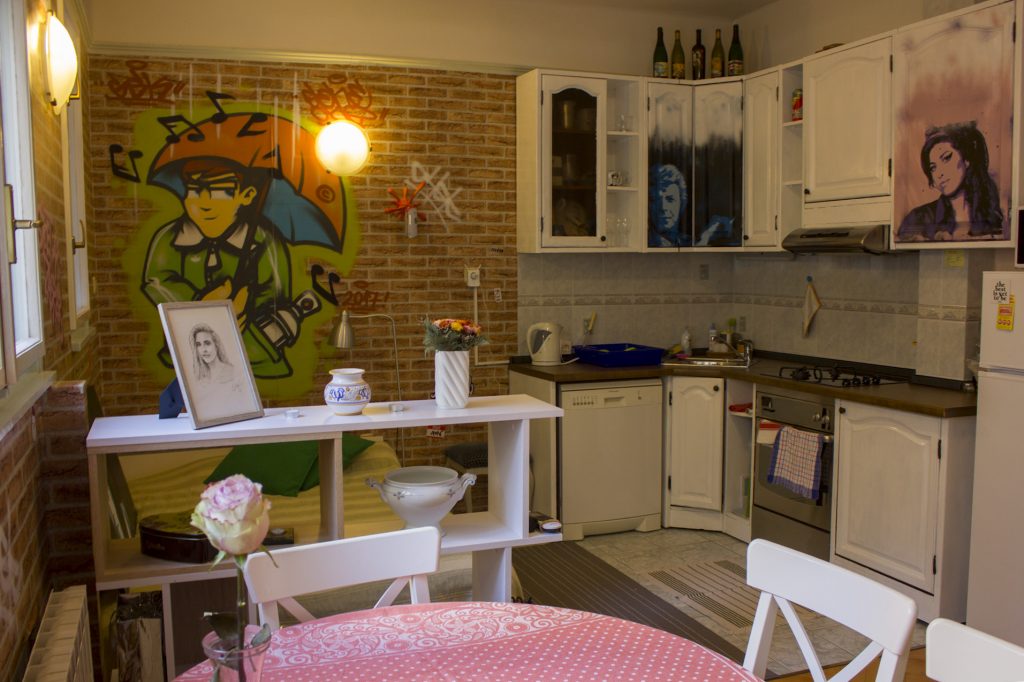
Many do not even bother to label themselves nor their work, so best would be to just let the future decide what kind of a movement this is and how we should name what. But it is obvious that this has become a global-wide phenomenon that is far bigger than just an art movement given that it reflects elements of an entire culture which involves more than just artistry and revolt.
How vital even illegal graffiti can be for a city’s pop culture, is best shown on the story of Zagreb’s Hendrix Bridge which has been officially renamed from Green Bridge into its new, more intriguing name. Not because Jimi the guitar legend had any ties to Zagreb nor because he was once in Croatia, but because a simple red graffiti continued mysteriously to reappear on the middle of the bridge every time it was renovated or painted.
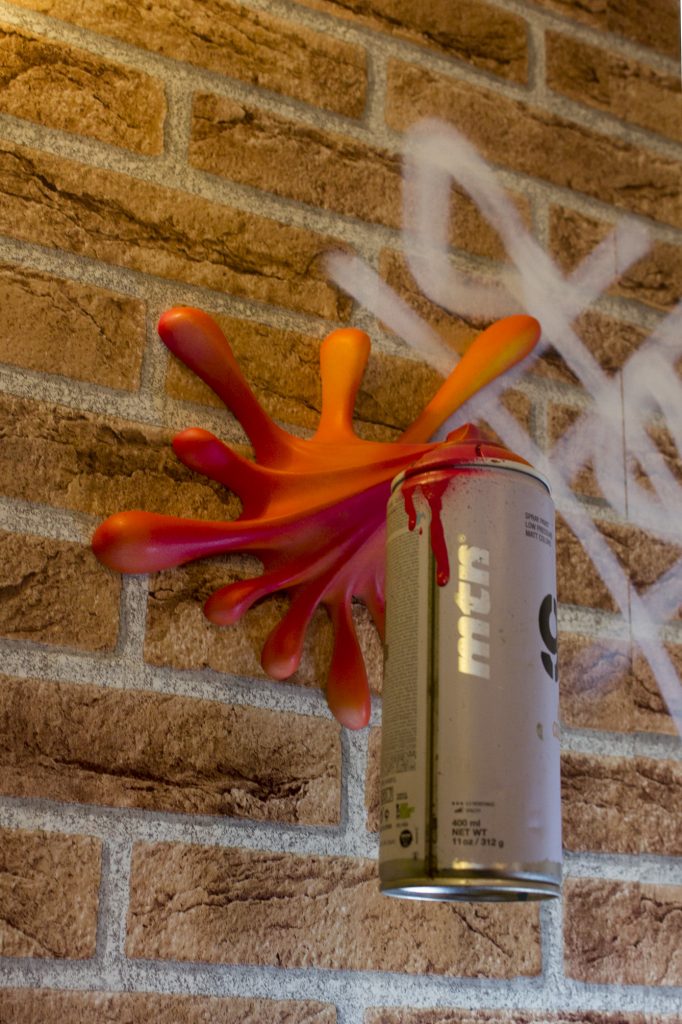
What started as a spontaneous prank by several teenagers hanging out in one of the rock clubs at the benches of the Sava River over two decades ago, became a tradition carried on by younger generations. Just until 2017, when the bridge was thanks to a petition officially renamed into Hendrixov most; since then the graffiti has ironically stopped appearing.
But besides countless illegal graffiti especially in the downtown of the city, Zagreb hides also many gems done by world- famous artists. From Julien de Casabianca’s and Levalet’s amazing art interventions in the old town (which have unfortunately almost all vanished now), to the numerous still existing murals in Zagreb’s suburbs created during the Muzej ulične umjetnosti (street art museum) events which took place from 2010 to 2015. Part of one of these events was also the revitalisation of the 450m long wall on Branimirova Street, which has always been an important historical testimony of the local scene.
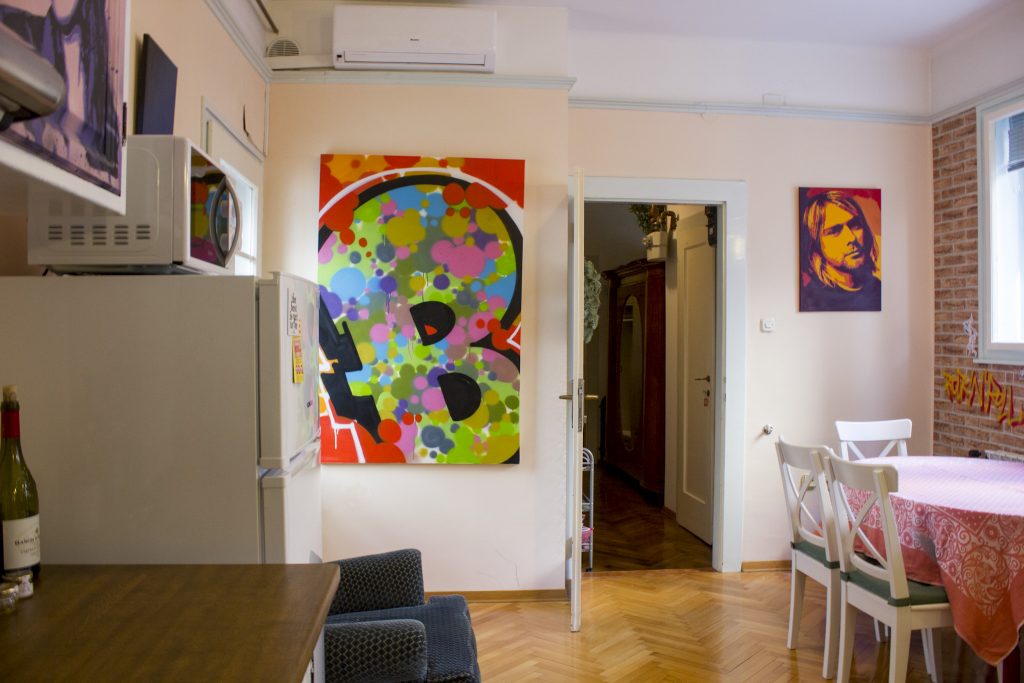
Already in the early 1960s, world-known Croatian painter Julije Knifer suggested to paint the wall together with other artists, but the city did not approve of his project until the Univerzijada (World Student Games) in 1987. It resulted in a total of 55 works done by 53 different highly recognised artists and was probably one of the first commissioned public street art projects in Europe.
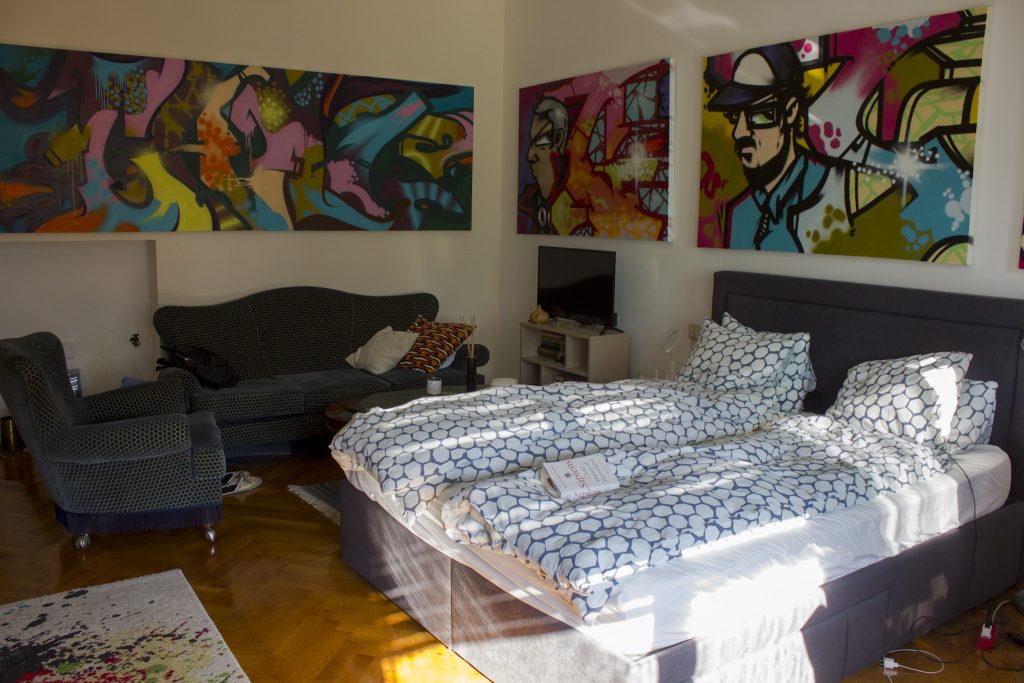
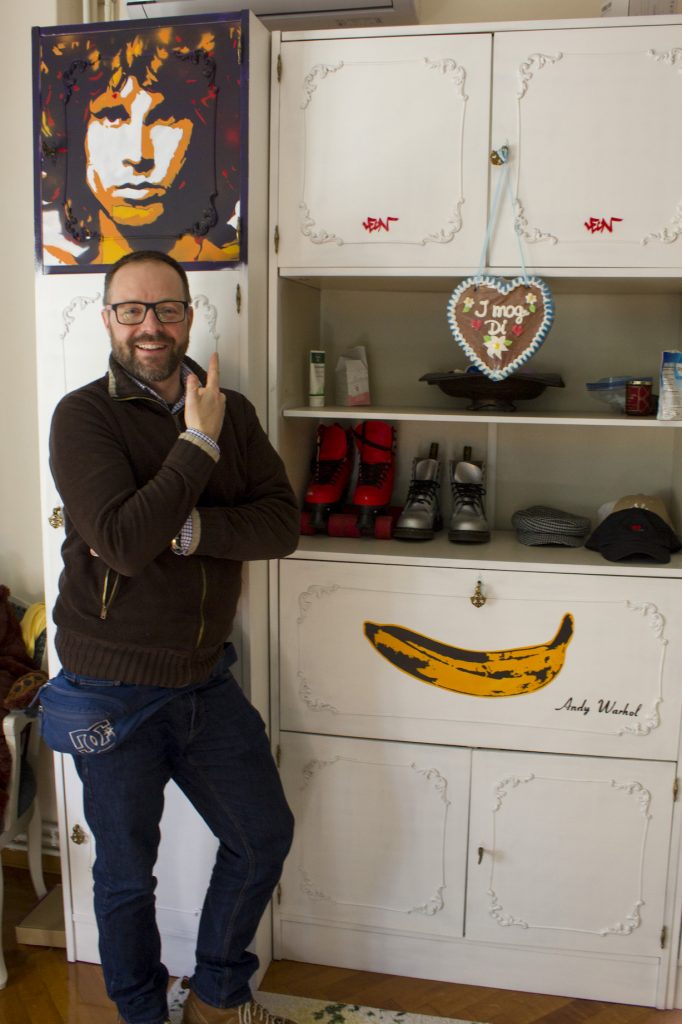
It was also back in the mid-1980s when the first graffiti inspired by the culture from Philadelphia and New York started to appear in Zagreb as well and one of its first-generation pioneers is Krešimir Golubić, known as LeonGSK. He started as a graffiti writer in the early 1990s and is today proud owner of one of Europe’s first street art apartments in the downtown of Zagreb.
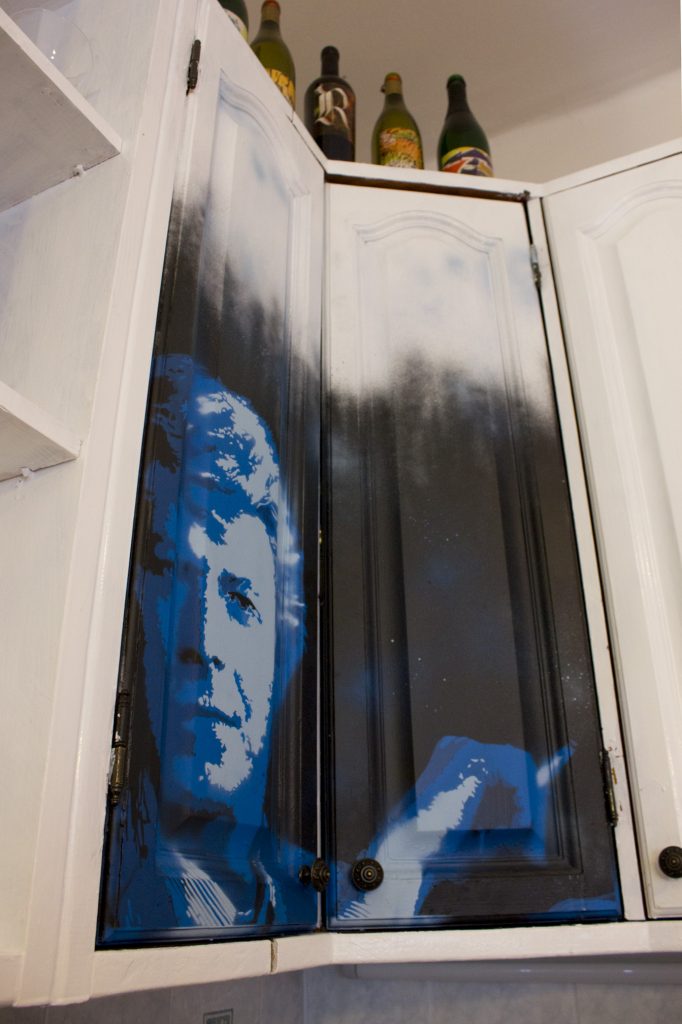
The well-furnished and spacious apartment is located in the mere heart of the city, on Bogovićeva Street 4 and within three minutes’ walking distances from the Ban Jelačić Square and the main train station. Besides being perfectly situated in what one might call Europe’s biggest coffee terrace given that the countless bars, cafés and restaurants in the nearby streets melt together into one buzzing gathering space during the warmer months, its unique interior will not only delight street art and graffiti lovers, but everybody who is looking for a cosy and quiet place with a central location. Consisting of two rooms with a double bed in each, a bathroom with a tub and a well-equipped kitchen with all the essentials required for an own home-cooked meal, it is perfect for two to four people.
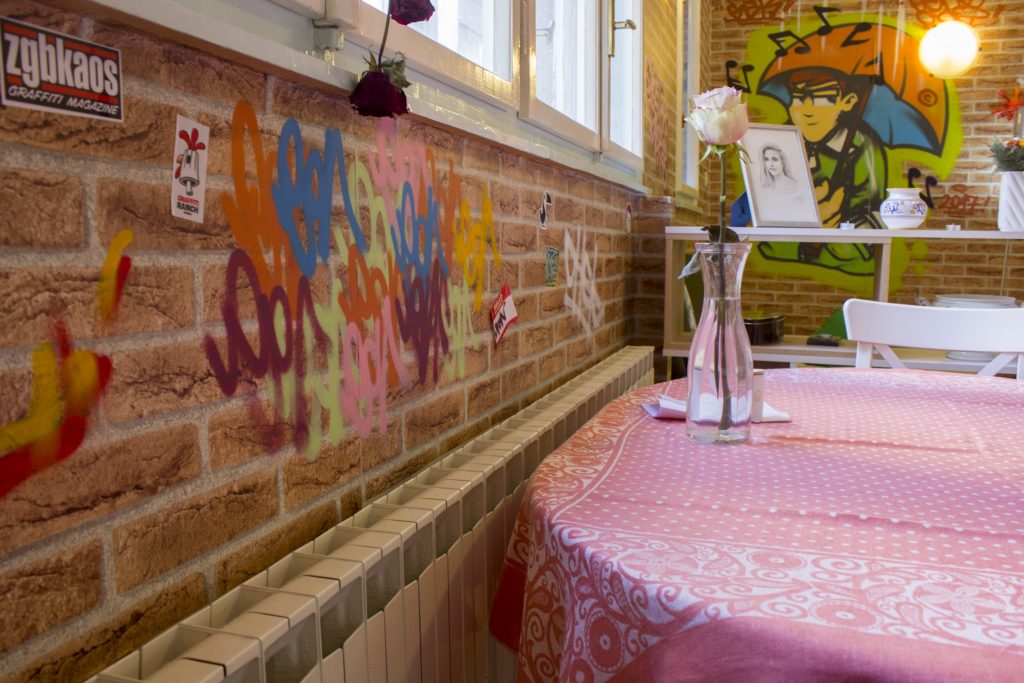
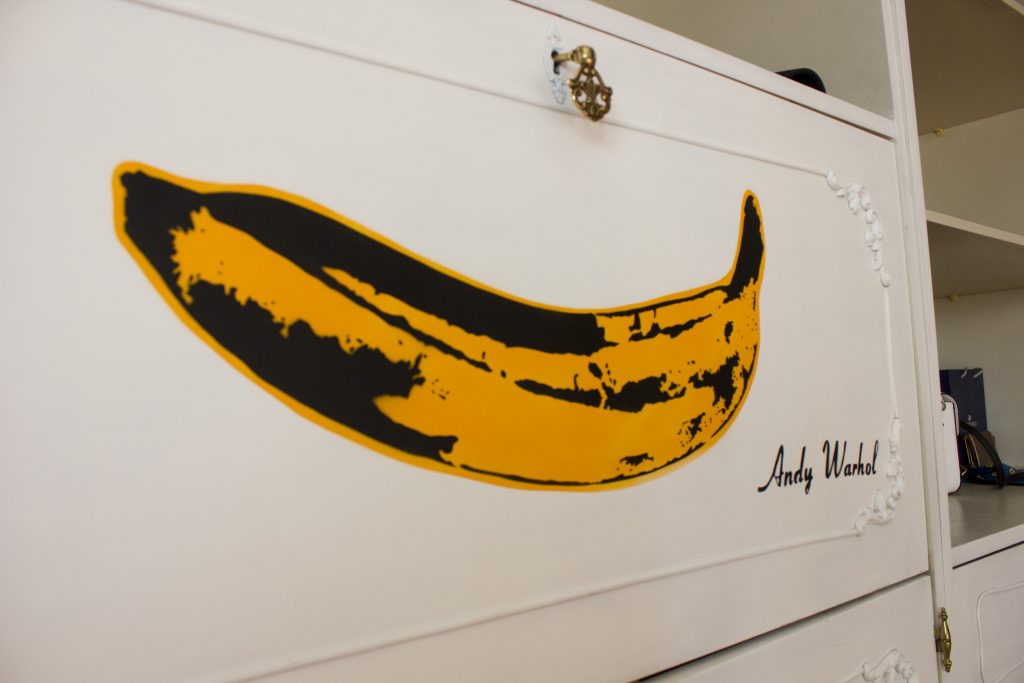
The combination of antique furniture from Zagreb’s master craftsmen and several stencil pieces created by LeonGSK, stickers, posters and canvases painted by local and international artists result in a unique atmosphere different from any other apartment in the city. The guests can also indulge in some fine literature about graffiti and street art on the sheltered balcony facing the quiet site of the building. For guests who arrive by plane, a transfer from the airport can be organised as well, and unlike most buildings in this part of the city, it has also an elevator and a private entrance.
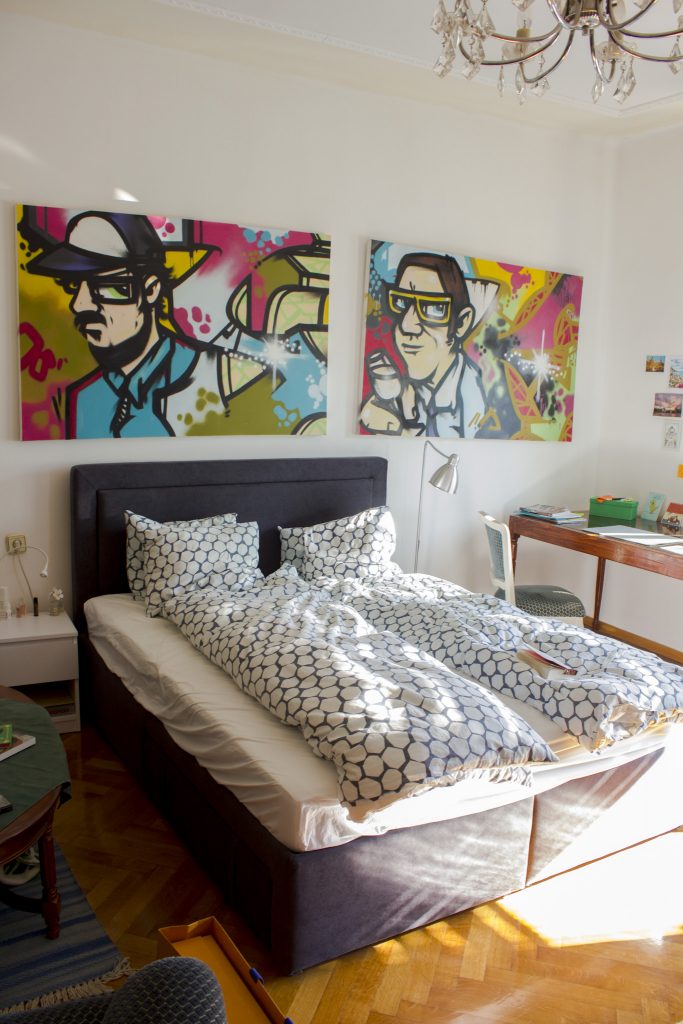
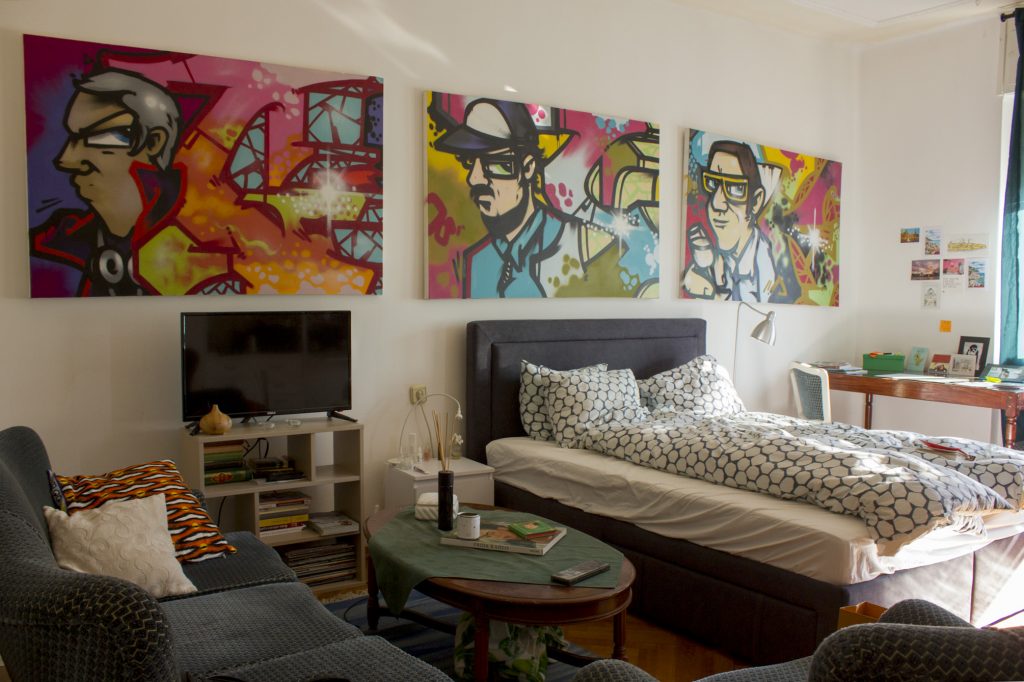
A self-check-in box allows the guests to arrive or depart at their own preferable time, while basic essentials like fresh towels, soap, shampoo and toilet paper are available during the whole stay. For families, a baby cot and stroller are provided, while guests who stay at least two nights are invited to a personal street art city tour with the host himself.
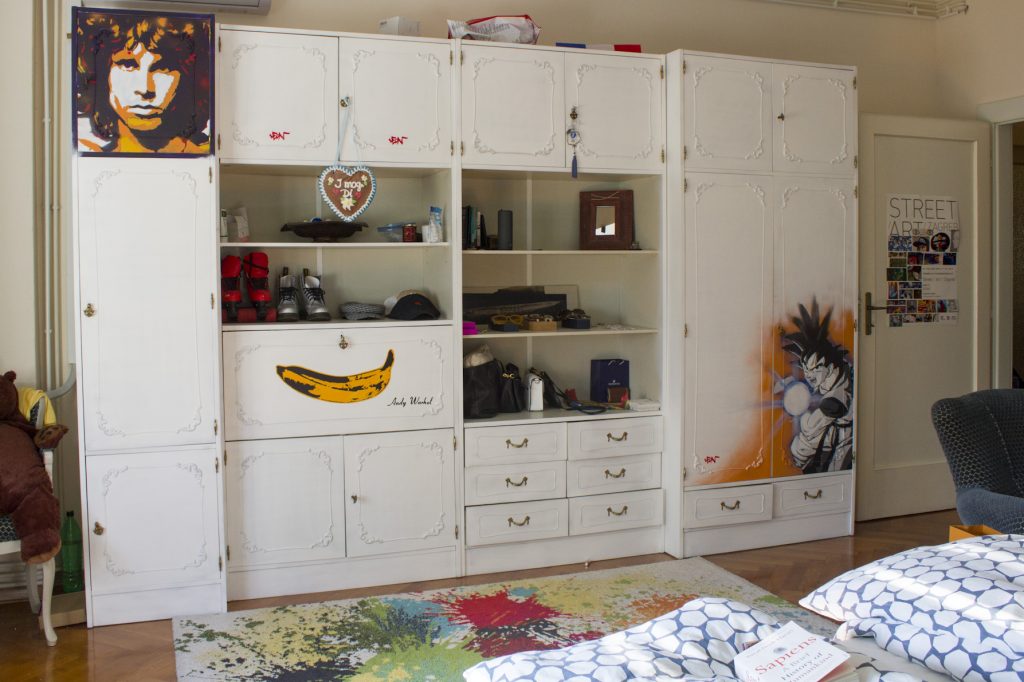
The tour will introduce you to some of Zagreb’s finest street art and graffiti peppered with amusing insider information which only a local can provide and adjusted to the guests’ interests. Because in the end, graffiti and street art cannot be recorded, read about or just seen in photographs. Such works have to be searched for, explored, found. It is necessary to meet the people in the city, take in the atmosphere of the neighbourhood to really experience and understand them.
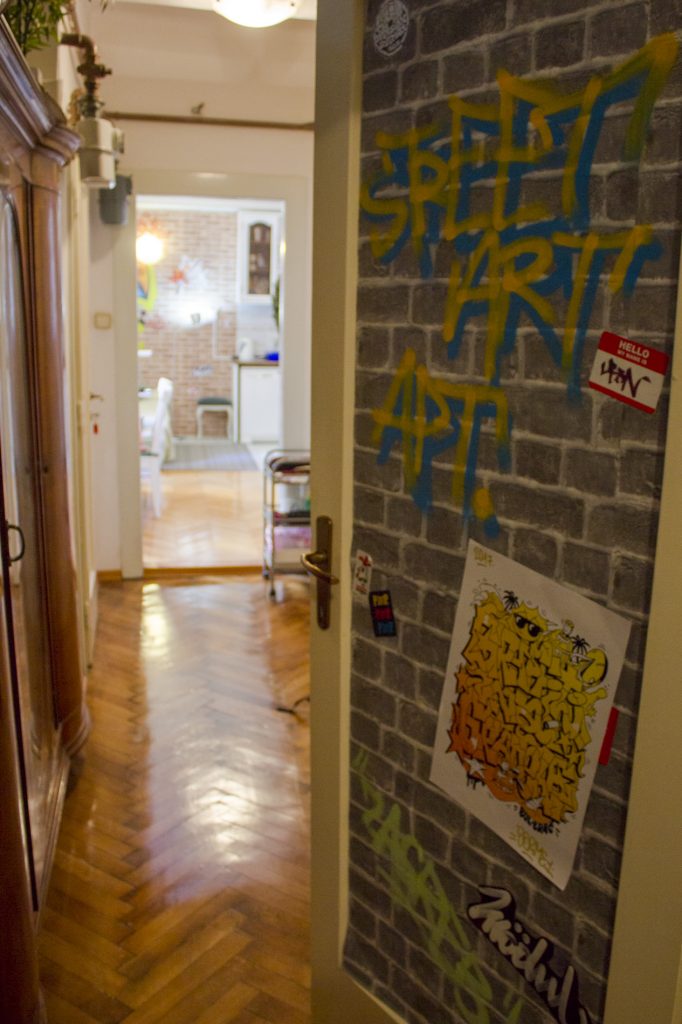
Find more information about the apartment and booking on Street Art Apartment Zagreb.
